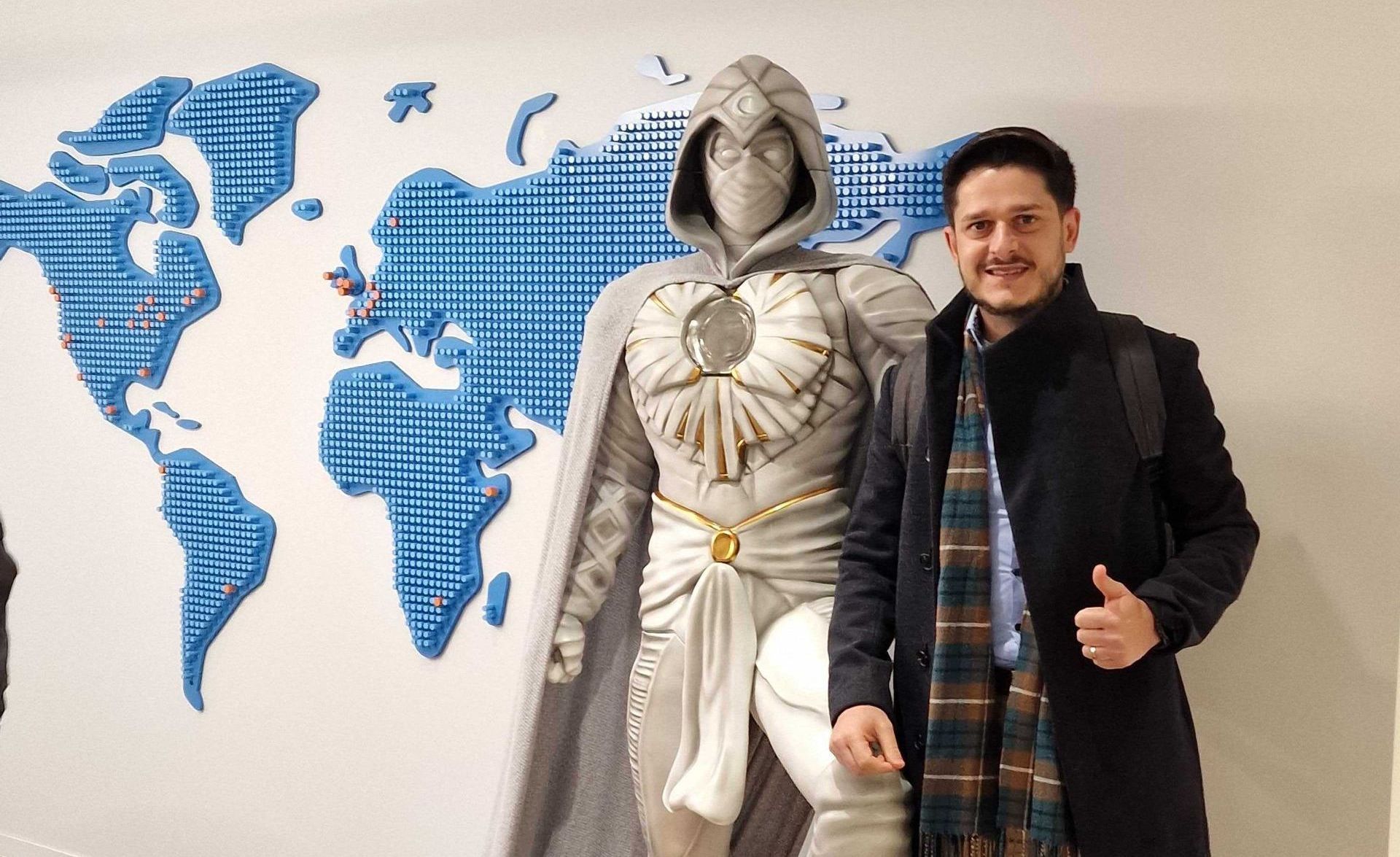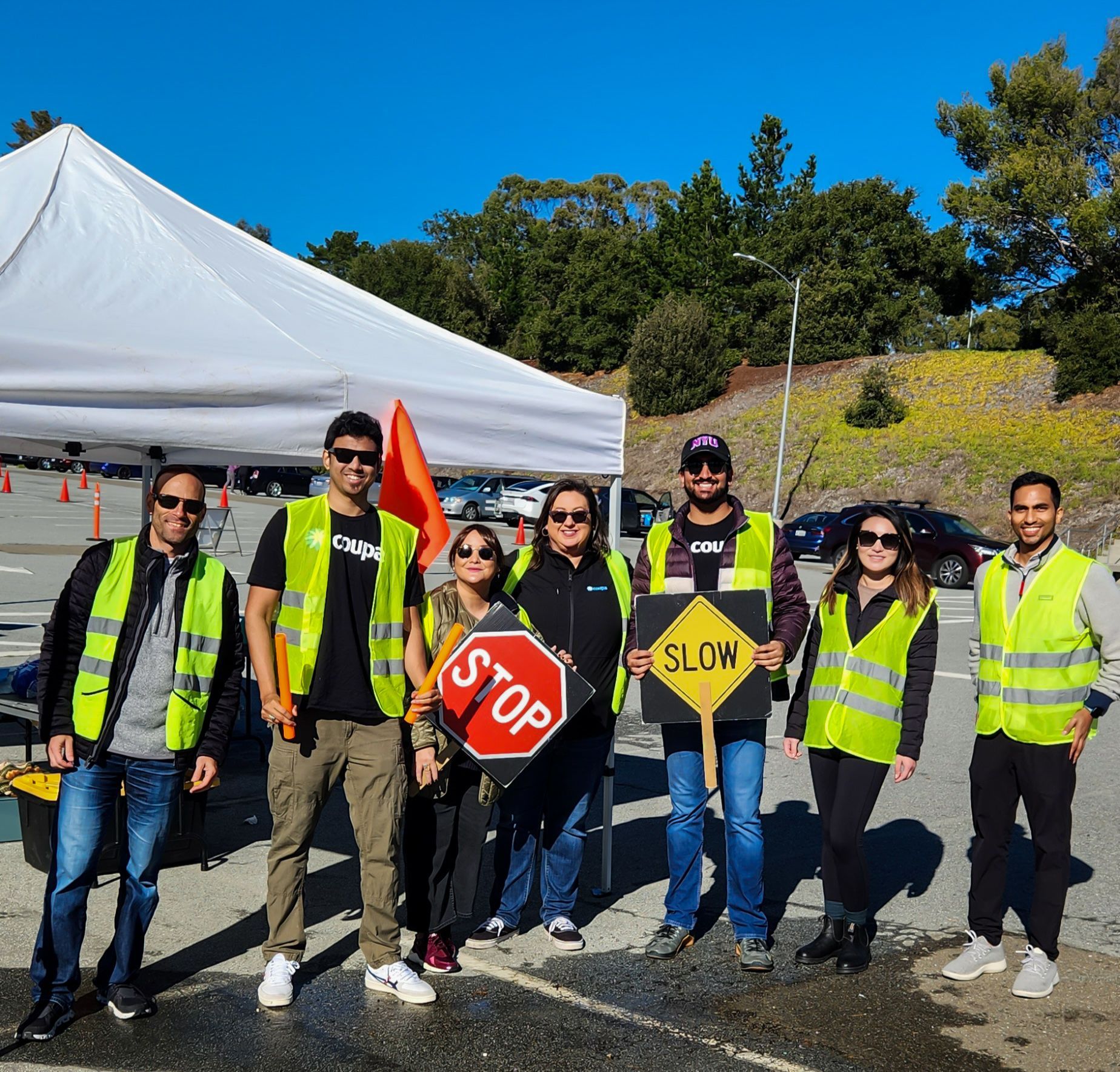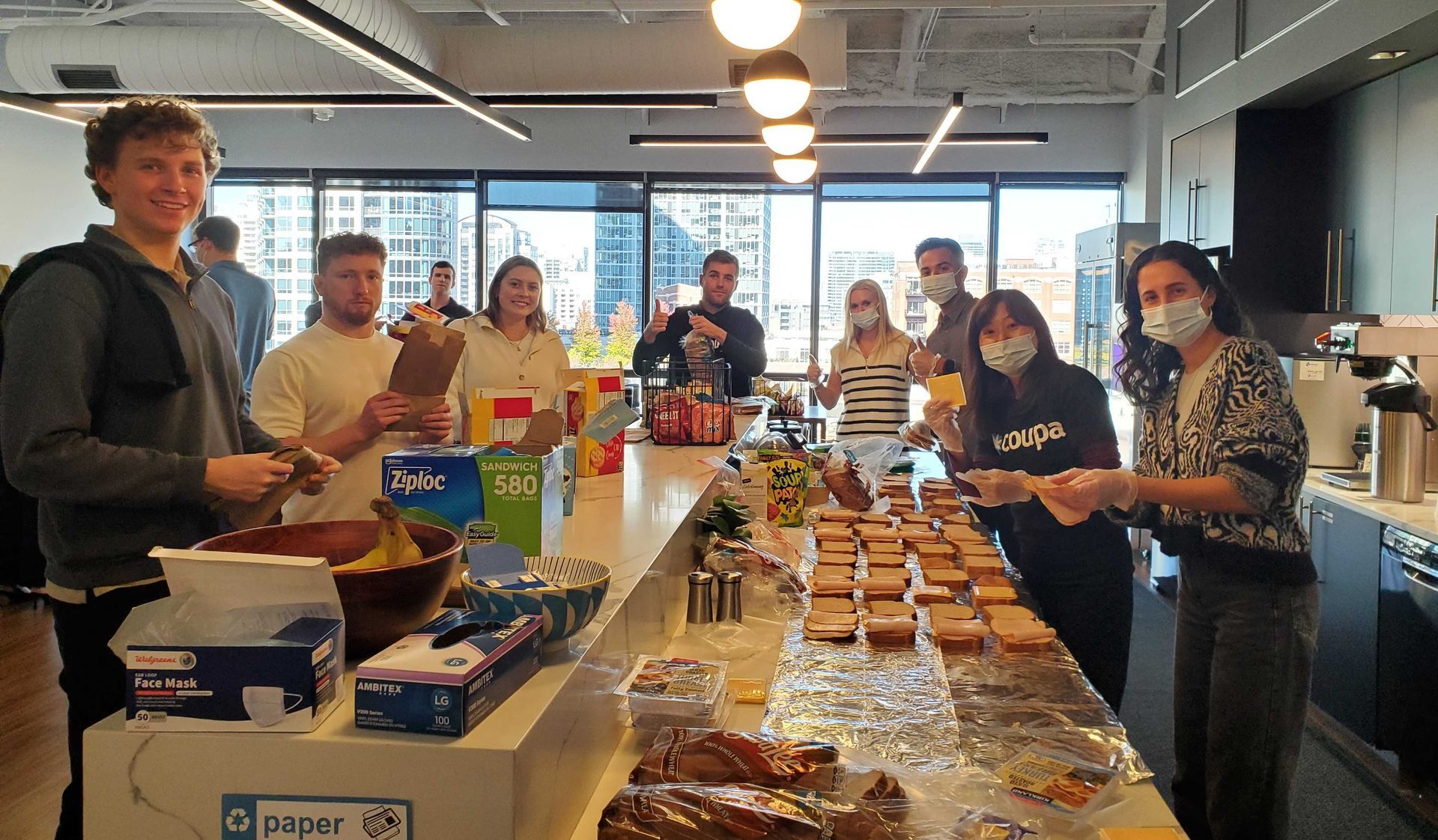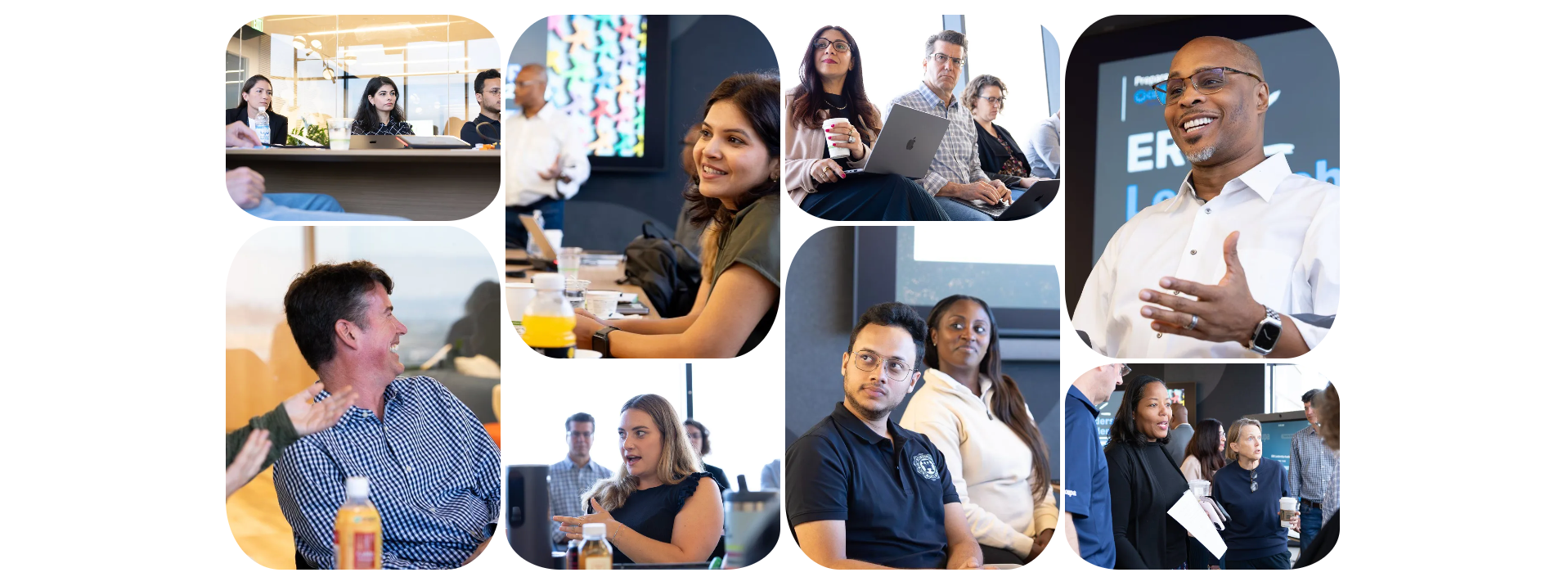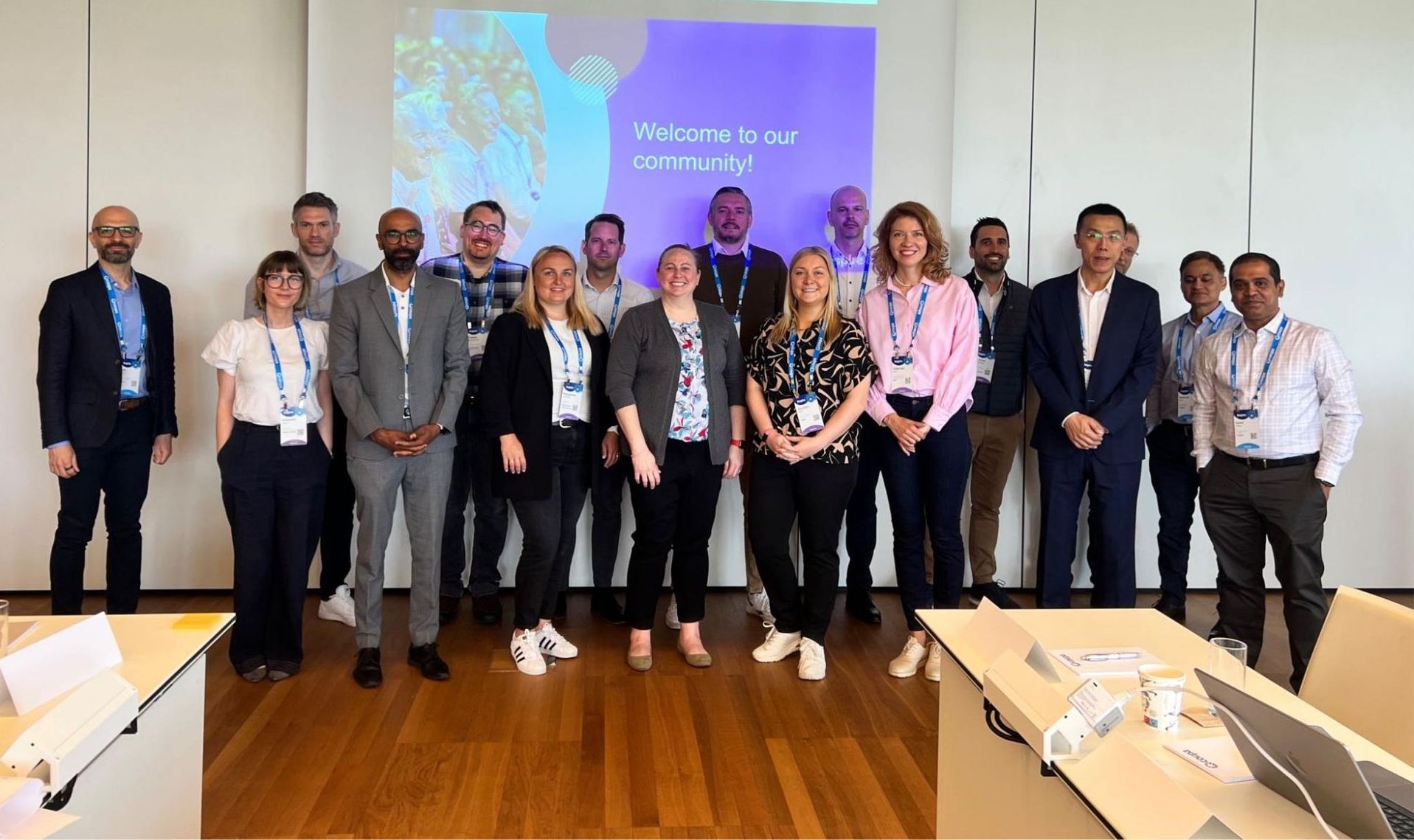Best Practices for Social Selling
Q & A from our Sales Team

Olivia Winters
Sr. ADR
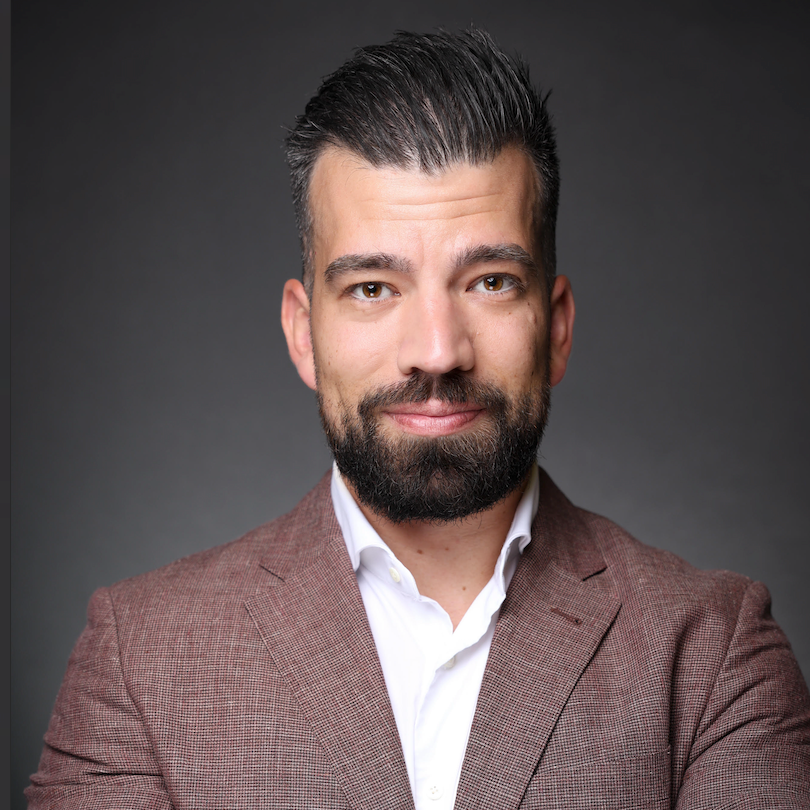
Rouven Kramer
Sr. Manager, Inside Sales

Seth Schneider
Sr. Director, Inside Sales
We recently hosted a webinar for Prospecting & Lead Generation Techniques and Skills for ADRs, BDRs, and SDRs. Our panelists, Olivia, Seth, and Rouven, spoke about four best practices for social selling:
- Building your profile
- Knowing your target audience
- Providing value with each engagement
- And being authentic and patient.
Below are responses from our panelists.
How would you seek objective feedback to better understand the target companies and personas for a new module in EMEA?
Olivia: You have a new module and need to figure out effective outreach. I recommend contacting your network for feedback—people generally want to help. Treat LinkedIn like a professional version of Facebook; connecting authentically increases the likelihood of responses. Remember to provide value before asking, and approach interactions with genuine personal touches.
Rouven: I agree with Olivia. When asking for help, I often compliment the person first, encouraging them to respond. One key tip is to write more naturally; overly polished messages can intimidate prospects and delay their replies. Instead, aim for 80-90% accuracy and just send your thoughts - send what's on your mind. This approach makes it easier for others to respond quickly and authentically.
How do you engage priority 1 net-new prospects after segmentation – through targeted account planning or colder outreach – and do you favor LinkedIn campaigns or a more personal approach?
Rouven:
I like this question because that’s precisely why we are here – everything is personal. When reaching out on LinkedIn, it’s crucial to be relevant and take a moment to personalize your message based on the recipient’s profile. It’s not just about saving money; often, decision-makers are more concerned with their own stressors, like avoiding conflict with supervisors or achieving promotions. Ultimately, understanding their struggles can help you position your solution as a way to alleviate those challenges.
Olivia: To enhance account planning for net-new prospects, understand your company's ideal customer profile (ICP) and the specific personas you're targeting. Focus on their personal KPIs and daily challenges. I often look for trends in pain points across different conversations, especially if I'm speaking to similar roles, like heads of procurement. I can better tailor my approach and messaging to address their unique situations by referencing previous discussions. This strategy helps create a more relevant and impactful outreach.
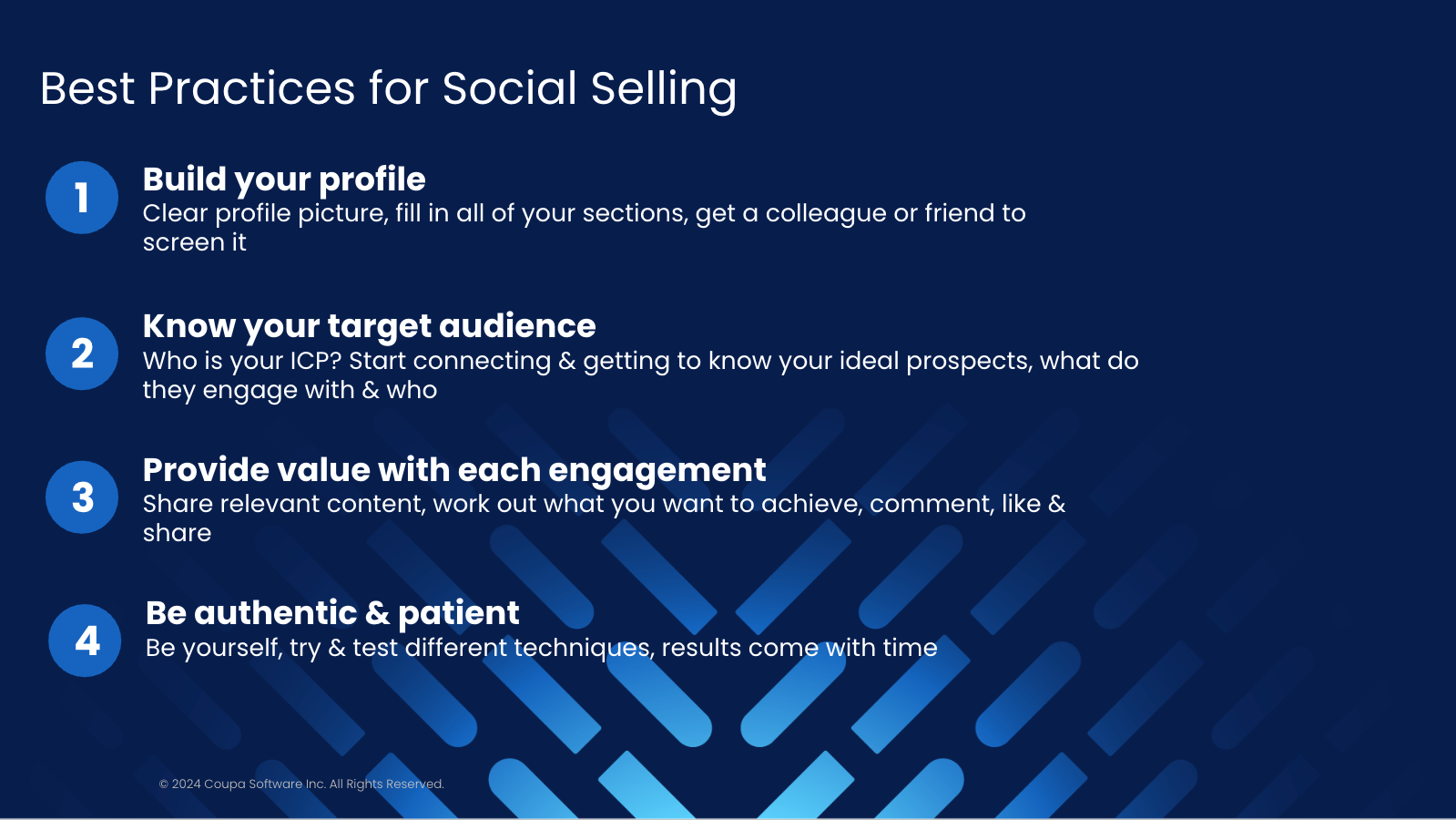
For cold outreach, do you see better results in sending sponsored content or industry specific (is an article from Coupa or something from the Financial Times regarding Procurement)?
Olivia:
It depends on your objective, but sponsored content can effectively generate leads. However, a more personal approach often yields better results. Sending relevant articles tailored to the recipient’s interests is more meaningful than generic company content. Focus on what’s relevant to their role rather than just promoting your company. This makes your outreach more impactful.
Seth:
I agree, Olivia; effective cold outreach starts with thorough research. With so many emails and messages being sent, finding triggers that differentiate your messaging is crucial. Showing you've done your homework helps prospects see you're not sending generic content. This approach can lead to higher response rates. Experimenting with formats like LinkedIn videos can also enhance engagement.
What is the type of LinkedIn message, in your experience, has the highest response rate?
Rouven:
The best LinkedIn messages are those that prompt easy responses. Consider how your prospects receive messages—whether on their computer or phone—and avoid complex questions that require lengthy replies. Instead, use clear calls to action, like asking a simple question that only needs a few words in response. For networking, I prefer jumping straight into the conversation by commenting on posts, which encourages immediate engagement without the usual formalities. This approach helps establish a connection quickly and naturally.
Olivia:
Yeah, again, be authentic in your LinkedIn interactions. Engage genuinely with others’ posts and add meaningful insights rather than responding just for the sake of it. People can often tell when you’re not being yourself; if you message with overly perfect grammar, it may come off as inauthentic. When connecting on platforms like Zoom, use language that reflects your authentic voice and fits the context. Remember, your communication style with friends is likely more relaxed, and it's also okay to apply that to your prospects.
How do you find the type of content your personas are looking for? Do you have a list of sources you are using for that?
Rouven: It varies by industry, but subscribing to relevant blogs and newsletters your prospects read is a good approach. For example, we follow numerous blogs in procurement—most may not be relevant, but some provide valuable insights. This method is efficient and minimizes effort since you receive updates directly in your inbox. By staying informed, you’ll know what content your prospects are engaging with without having to conduct daily research.
In addition to the messages, what are some strategies (connecting, posts, etc.) for staying top-of-mind with potential clients without overwhelming them with too much content or messaging?
Olivia:
So make sure you’re not bombarding people, so that’s rule #. When posting, ensure your content is relevant to your industry. Many contacts may not engage directly with your posts but will still see them in their timelines. Staying visible helps prospects remember you, making them more likely to reach out when they need assistance. Share content that interests you while also being helpful to them to maintain that top-of-mind awareness.
Rouven: Many people may know you without engaging with your posts because they don’t see the value in them. Just because they don’t react doesn’t mean your content isn’t being noticed; it’s common for people to follow along silently. Despite never interacting with my posts, I've encountered many who recognize me from LinkedIn. Remember, visibility matters even without direct feedback, so keep sharing relevant content. Stay aware that your audience is watching, even if they don’t engage.
How many attempts do you make at contacting a prospect after they have “left you on read”? And what is your timeline for following up?
Olivia:
It depends on your approach and the number of touchpoints. In the first two weeks, you might try 6 to 8 personal touches via phone, LinkedIn, or email, but again, don’t overwhelm them. Conversion can take time—sometimes up to 18 months at Coupa. Stay top of mind by sharing relevant content like webinars or articles and periodically check-in. You never know when your efforts might pay off.
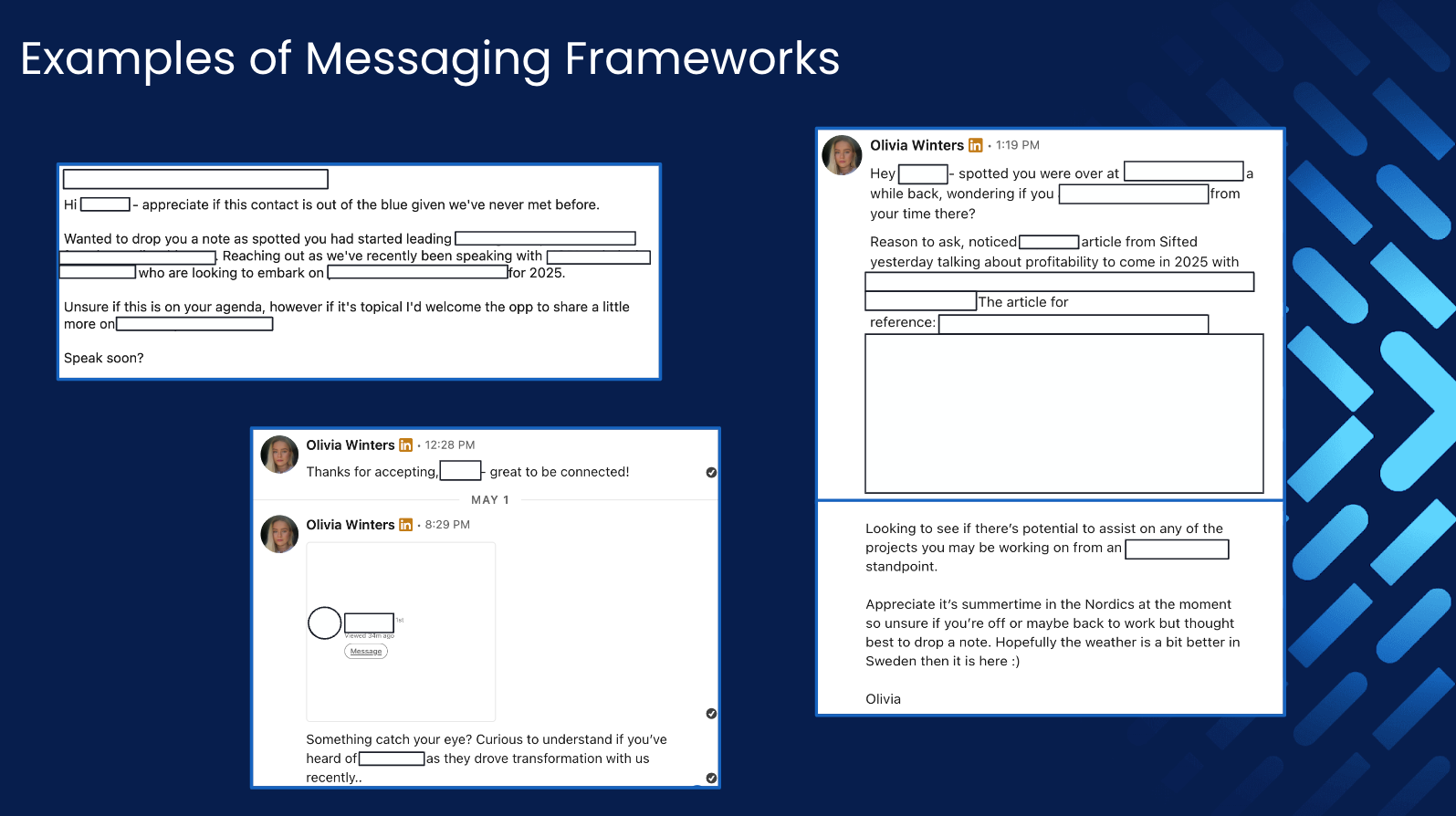
Do different outreach strategies work better in regions like DACH, the Nordics, Great Britain, Ireland, and France? Also, what tips do you have for finding fresh IT decision-makers on LinkedIn who aren’t overwhelmed by marketing emails?
Rouven:
Yes, there are differences in outreach effectiveness across regions. LinkedIn tends to work better in the UK than in Germany, where you need to engage with those closely connected to IT or marketing. For fresh contacts, focus on decision-makers who are active on LinkedIn; interact with their posts before reaching out to make your messaging more effective. While some profiles may appear inactive, don’t give up entirely, as they may eventually see your message. However, prioritize your efforts on profiles showing positive engagement trends.
Olivia:
Yes, there are definitely differences across DACH, GB, Nordics, Ireland, and France. For example, LinkedIn works better for us in UKI than DACH. Being more direct and changing your prospecting 'voice' is better for us. I hope this helps.
Add on to a previous question. Do you find more positive or fruitfull conversations from cold outreach via inmail or connection message with a short trigger point?
Olivia:
When connecting with prospects via cold outreach, I don’t include a message with the connection request, as it generally leads to a higher acceptance rate. For InMail, I focus on being direct, asking if they have a project related to their profile experience. Once connected, I prioritize being personal to build a genuine relationship from the start. This approach often leads to more fruitful conversations. Hope this helps!
Do you think it's effective to send company content in the first outreach message, or is it better to introduce your work first before sharing that content? Could you clarify your approach?
Olivia:
Company content is fine as long as it's relevant. I like to send a 'Great to connect, looking forward to keeping in touch’ when I first connect with people to try to break the ice. So, any content is fine as a first touch as long as it's relevant... I wouldn't reach out to a sales leader and send them an invite for a finance leaders webinar.
What do you think about cold LinkedIn video prospecting? Do you have any suggestions on the best way to approach it, regarding the content and length?
Olivia:
Keeping it short & sweet, ideally less than 30 seconds unless you've got something really compelling to say. In the order of ‘Hey _, it's _ at {your company}, spotted this ___, wanted to reach out as we help with __. Do you think it'd be worth having a chat around how we've done it before with _?’ if this makes sense?
Any tips on finding fresh contact IT decision makers on LinkedIn? For example, identifying those contacts that are not being bombarded with daily marketing emails?
Olivia:
Unfortunately, there's no magic way of finding anyone on LinkedIn that are not being bombarded with daily marketing emails, lists will be your friend here, and 'new in role' searches on SalesNav. Hopefully, this helps.
Follow our panelists from the webinar on LinkedIn:
Watch the
full webinar for all their expert tips and information.
